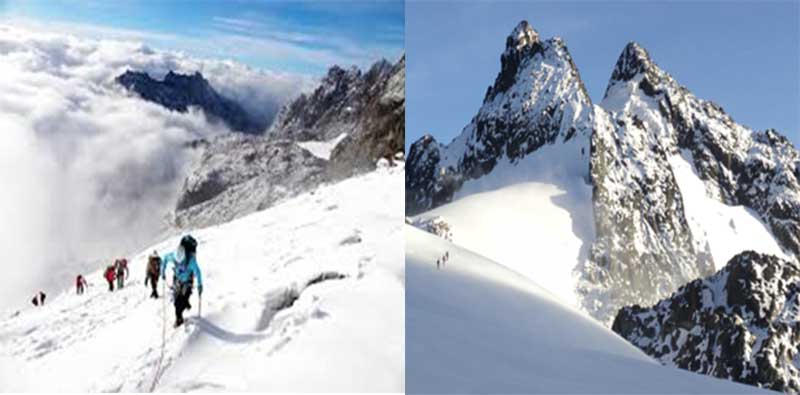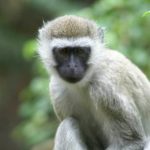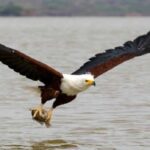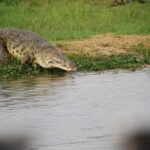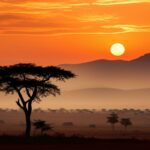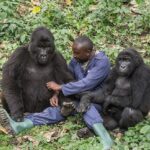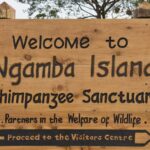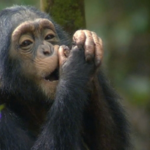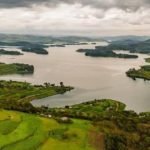Also known as “Mountains of the Moon” in The Rwenzori Mountains National Park, one of Uganda’s UNESCO heritage sites lie in Western Uganda along the Congolese border where the snow-covered equatorial peaks rise to a height of 5,109m and the lower slopes are blanketed in moorland and rich montane forest. Most of the park is accessible only to hikers although the magnificent scenery and 19 Albertine Rift endemics would be ample reward for Birders.
The Rwenzori is not volcanic like East Africa’s other major mountains but is a block of rock faulted through the floor of the western Rift valley. The hike will take you through varied vegetation covers which include montane forest, bamboo forest, tree heath, hagenia-rapanea scrub and afro-alpine moorland.
Animals to see on thehike to The Rwenzori Mountains National Park.
The park hosts 70 mammal species including Elephants, Giant forest hog, Rwenzori Otter, duikers, bushbucks and Leopard -but are hardly seen. Primates such as blue monkeys, Angola colobus monkey, black-and-white colobus monkeys and Chimpanzees.
Birds to see on the hike to The Rwenzori Mountains National Park.
UNESCO labeled the Rwenzori area a key Birding Area. The park is home to over 217 species of birds including 19 Albertine Rift endemics. Most are found in the forest zone, they include; Rwenzori Turaco, Long eared owl, Archers’ Robin-chat, Lagden’s Bush Shrike, Montane Rwenzori Nightjar, Montane Sooty Boubou, Olive Woodpecker, Oriole-Finch, Red-faced Crimsonwing, Red-faced Woodland Warbler, Red-thighed Sparrowhawk, Red-throated Alethe, Blue-headed and Golden-winged sunbird, white-starred Robin, Slender-billed Starling, and Cinnamon-chested Bee-eater among others.
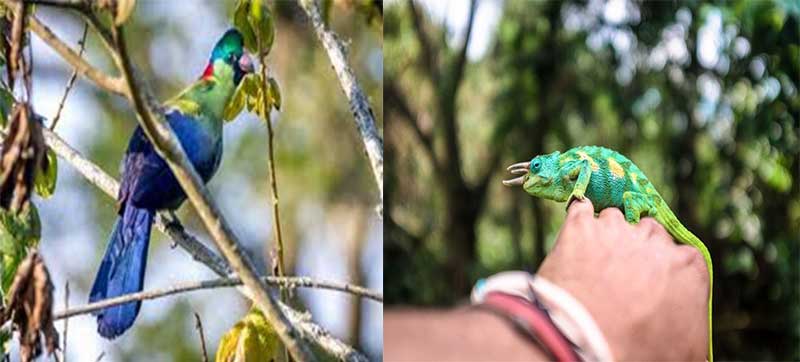
The mountain ranges boast of 20 lakes with Lake Mahoma being the most accessible. Lake Bajuku lies in the valley of Mts Stanley, Baker and Speke. Dams created a string on 8 beautiful lakes on the Nyamwamba trail including Lake Kitandara.
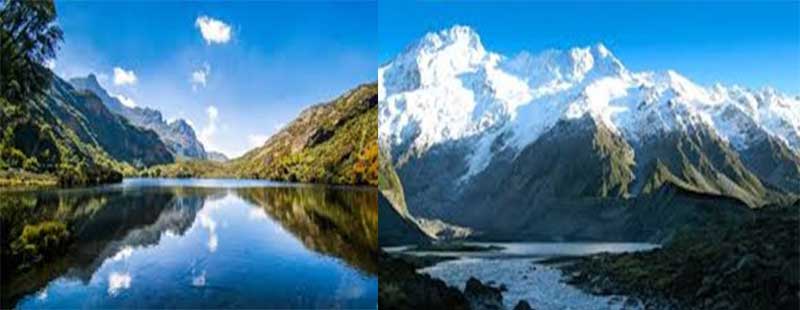
Getting to The Rwenzori Mountains National Park.
There are two ways of reaching the park from Uganda’s capital Kampala. The first is by using public or which is by using a chartered flight from Entebbe international airport or Kajjansi airstrip to Kasese. Driving from Kampala to Kasese takes between five to six hours.
Hiking The Rwenzori Mountains
Mountain hiking in the park is organized to world class standards. Inexperienced hikers may find reaching the highest peak (Margherita) extremely strenuous. There are two hiking trails that are used by hikers to get to the summit. The first one is the Central Circuit Trail that starts form Mihunga taking 7 days. The Rwenzori Mountaineering Services is the only one that organizes hiking in this route. The second trail is the Kilembe trail that starts from Kilembe near Kasese town. This is a new route that was recently opened and is run by the Rwenzori trekking services. It takes 5 days to reach one of the peaks. In order to explore all the three highest peaks, one should set aside at least 9 days. Climbing to the highest summit Margherita offers opportunities to marvel at the snow-capped peaks and alpine vegetation.
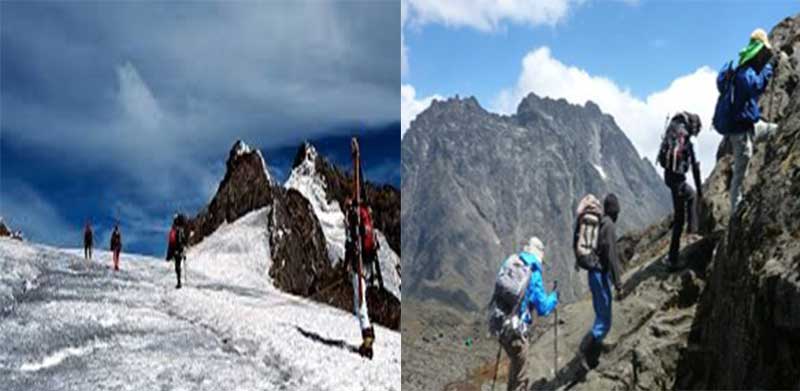
The most convenient way of arranging a hiking adventure to the park is to use the services of a tour operator. A tour operator can help organize transport and book accommodation while also working with the Rwenzori Mountaineering Services to arrange for porters, guides and cooks.
What to pack when visiting The Rwenzori Mountains National Park.
Before your next adventure on visiting the Rwenzori Mountains national park for any activity, it is important to note that the temperatures around the park are extremely cold. Avoid hiking during the rainy months between March – June and September – October. The area can get very cold and the trails are slippery and full of mud. Other factors to take into consideration are: –
The mountain climbing equipment provided by the Rwenzori Mountaineering Services may not be of the highest possible quality. It is important to bring your own hiking gear, waterproof clothes, sleeping bags, crampons, harnesses, plastic bags and walking sticks. Also remember to come with a good camera and sun glasses to protect the eyes.

Hikers need to be in great shape and free of any heart problems. Eat less fat and more fruit or carbohydrates during the hike. Dehydration has stopped many a climber from completing the mountain hike. Try to drink as much water as you can and do not try to push yourself too hard. Water loss through sweating can also be minimized by taking off some layers of clothes before starting to sweat.

